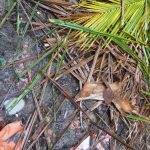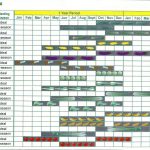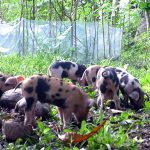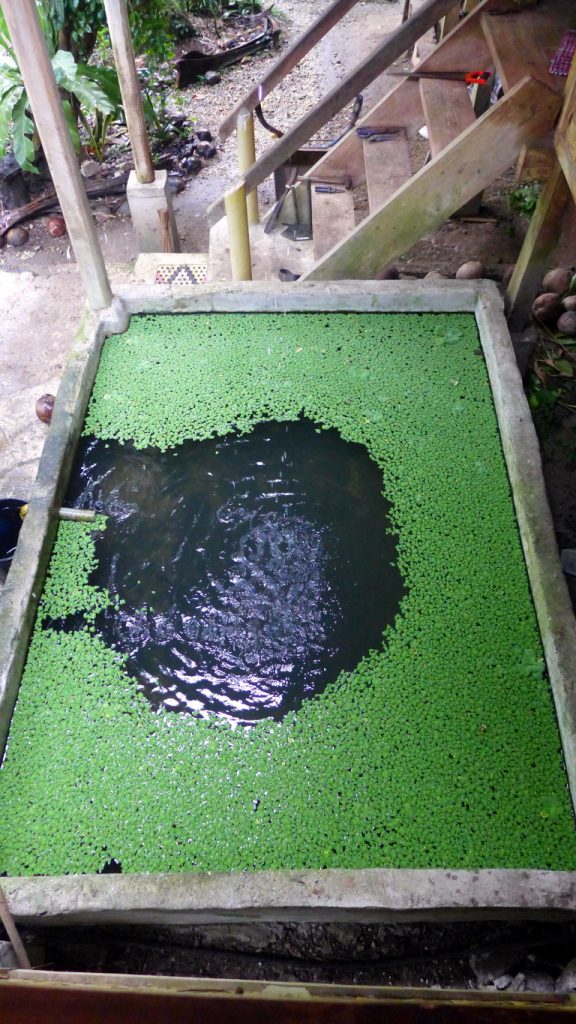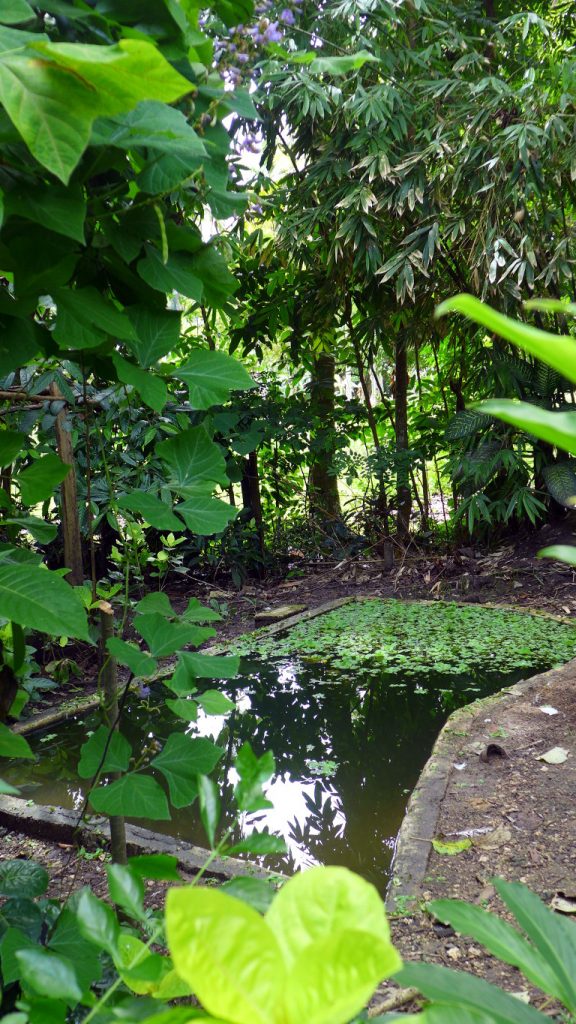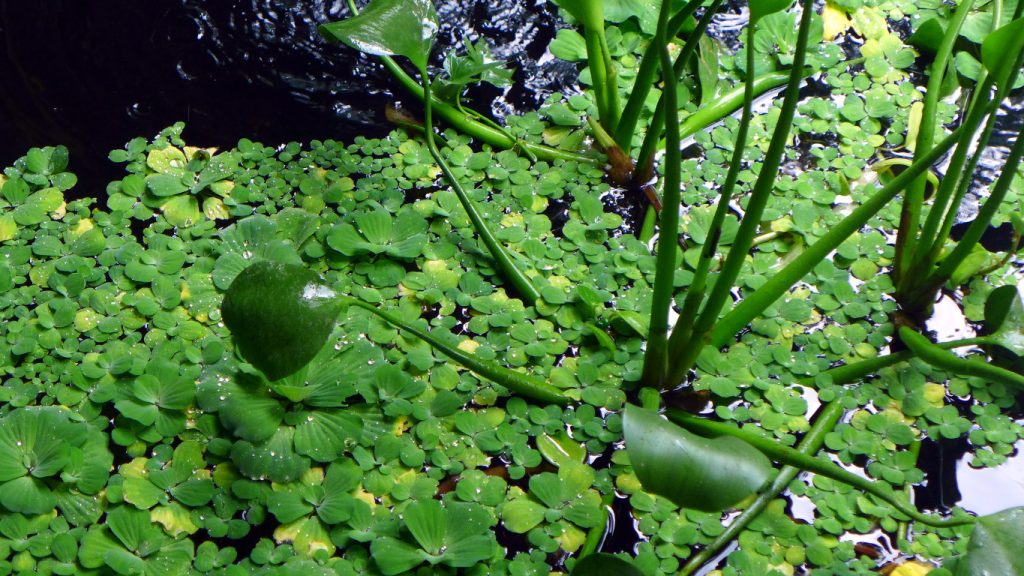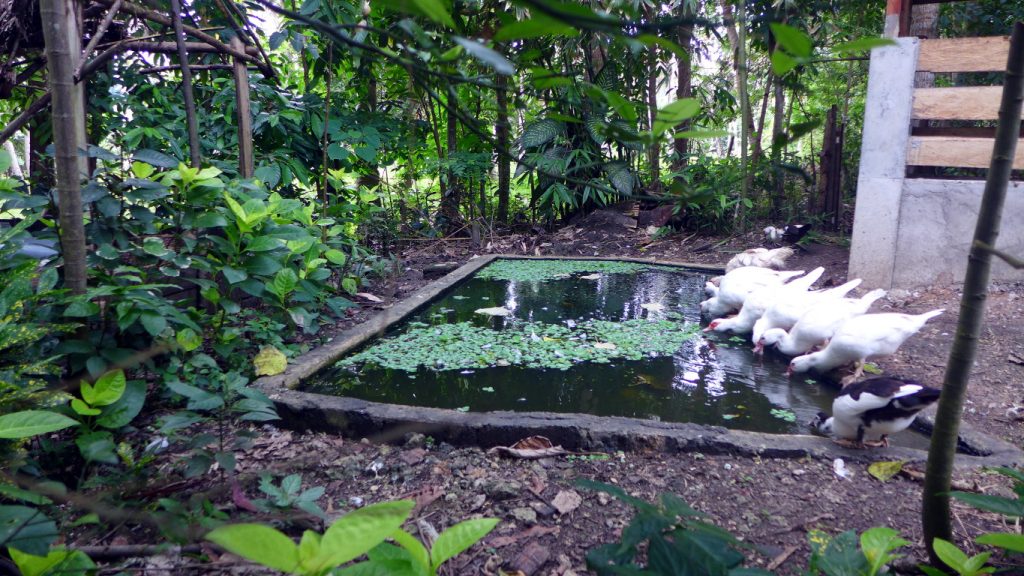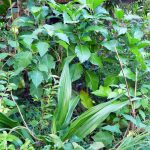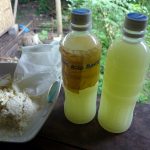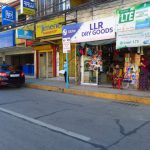The use of bioretention for stormwater management has its roots in industrial and commercial site settings. Only in the early 1990’s did residential applications of bioretention for stormwater management begin to become a concern in the area of environmental protection within communities. The term “rain garden” was coined for this purpose.
“Rain garden” is the popular term used to refer to a landscaped depression or hole that catches rainwater runoff and allows it to soak into the ground. This is opposed to drains and surfaces that cause and aggravate flooding, soil erosion, water pollution and diminished groundwater.
A swale is a similar feature, which may be natural or artificial. Swales serve as infiltration basins, allowing increased rainwater infiltration.

We “discovered” the useful features of the rain garden/swale by accident. The previous occupants of the property demolished their old house and left behind a pit latrine, a toilet that collects fecal matter in a hole in the ground. We actually only noticed this hole after the big earthquake in 2013. It seems that the earthquake had caused that area in the garden to cave in.
Shortly, a group of ducklings suddenly disappeared in the garden. We discovered that they had fallen into the hole and had to be rescued. Because the hole posed a hazard, Trevor decided to grow plants in the hole. By then, we also noticed that stormwater flowing from the roof of the house and other higher parts of the garden collected into the hole. Apparently, this had great benefits. It prevented excessive flooding and soil erosion.
Today, this – what we now call a “rain garden” – hosts one of the most lush vegetation in the garden. Below are more photos of the rain garden. We plan to dig a couple more rain gardens to alleviate the flooding in low areas of the garden, particularly in the west section.

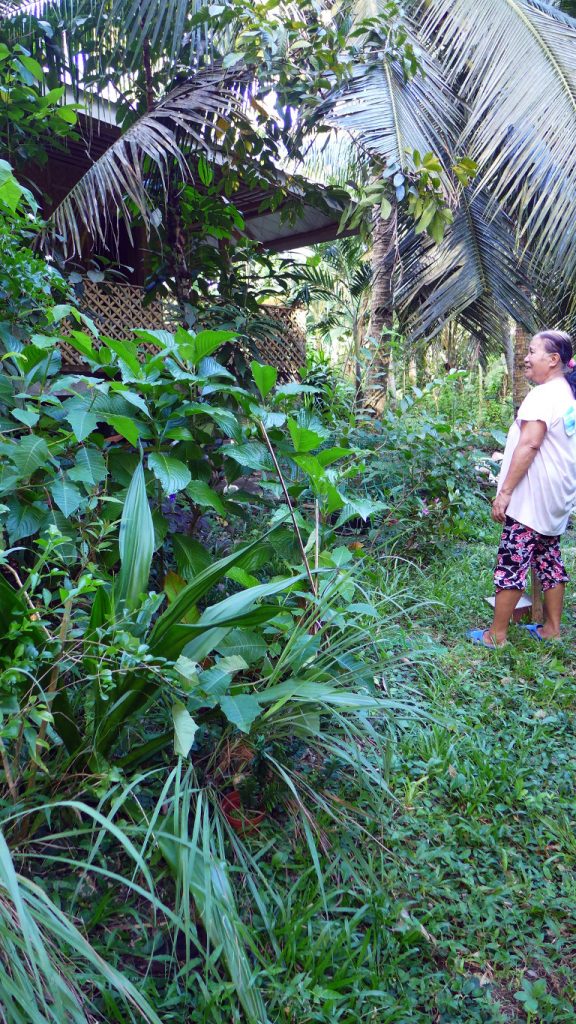
Here are some links to get you started in understanding and building rain gardens.
- https://doee.dc.gov/sites/default/files/dc/sites/ddoe/publication/attachments/RaingardenHow2HomeownerUWExtension.pdf
- http://www.kauaiisc.org/rain-
gardens-in-the-rainiest-place- on-earth/ - https://www.thisoldhouse.com/
how-to/how-to-build-rain- garden-to-filter-run - http://www.raingardennetwork.
com/ - https://en.wikipedia.org/wiki/
Rain_garden - http://tropicalediblegarden.
blogspot.com/




